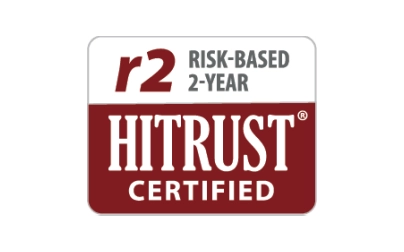When it comes to ensuring follow-up care for individuals diagnosed with alcohol or other drug (AOD) dependence, health plans across the board are falling short.
In fact, according to the 2016 HEDIS® results, among the Medicaid, Medicare and commercial populations, patient adherence to their initial appointment with a behavioral health provider within 14 days of diagnosis averaged 35 percent.
Performance was even lower for ongoing treatment within 30 days, with an average adherence rate of nine percent. Only 12.5 percent of Medicaid plans were able to close this gap in care. Commercial health plans attained an 11.3 percent adherence rate whereas Medicare Advantage plans reported 3.6 percent.
Multiple Challenges
Whether it’s AOD treatment initiation, post-discharge follow-up for mental illness or medication management for depression, engaging patients and closing behavioral health gaps in care is an immense challenge for health plans.
The causes for patient nonadherence can be complex and multifaceted. Obstacles range from co-occurring disorders, condition denial, privacy concerns and stigma to limited mobility, transportation issues and time constraints. The nation’s growing provider shortage is also a major roadblock.
Removing Barriers with Telehealth
To help remove treatment barriers and improve patient outcomes and plan performance, NCQA added telehealth as an alternative care model to support several behavioral health HEDIS measures starting in 2018, including:
- Antidepressant Medication Management
- Follow-up Care for Children Prescribed ADHD Medication
- Follow-up after Hospitalization for Mental Illness
- Follow-up after Emergency Department Visit for Mental Illness
- Follow-up after Emergency Department Visit for Alcohol and Other Drug Abuse and Dependence
- Initiation and Engagement of Alcohol and Other Drug Abuse or Dependence Treatment
- Identification of Alcohol and Other Drug Services
- Mental Health Utilization
“The inclusion of these telehealth procedure codes is a significant step forward in expanding American’s access to behavioral health providers and enabling health plans to achieve greater success with these measures,” says Jennie Echols, PhD, MSN, RN, Director of Clinical Solution Development, Carenet Healthcare Services.
How to Integrate Telehealth
Carenet can help plans perform better on mental health and substance abuse and dependence measures through a combination of on-demand care and proactive outreach.
1. On-Demand Care
Carenet’s Virtual Clinic increases the availability of behavioral health services by providing 24×7 remote access to registered nurses who are able to address questions regarding behavioral health conditions and medications and guide people to the most appropriate level of care.
This includes virtual access to an extensive network of psychiatrists, psychiatric nurse practitioners and therapists who can conduct initial evaluations and subsequent sessions with patients by phone or video during regular business hours, after hours and on weekends.
2. Proactive Outreach
Carenet’s engagement specialists can conduct personalized patient outreach to:
- coordinate follow-up care post-discharge and/or post-diagnosis with both in-person and virtual care providers
- identify and address treatment barriers
- promote adherence to prescribed treatment regimens, including medications
- connect patients with the Virtual Clinic if immediate clinical support is needed
As a result, Carenet will close critical gaps in care, ultimately improving clinical outcomes and HEDIS scores.
“Now that we can leverage telehealth and proactively contact behavioral health patients, the opportunity exists to engage, influence, activate and coordinate care, including offering virtual access to providers,” says Echols. “With this strategy, health plans can expect to see much better outcomes.”
HEDIS® is a registered trademark of the National Committee for Quality Assurance (NCQA).


